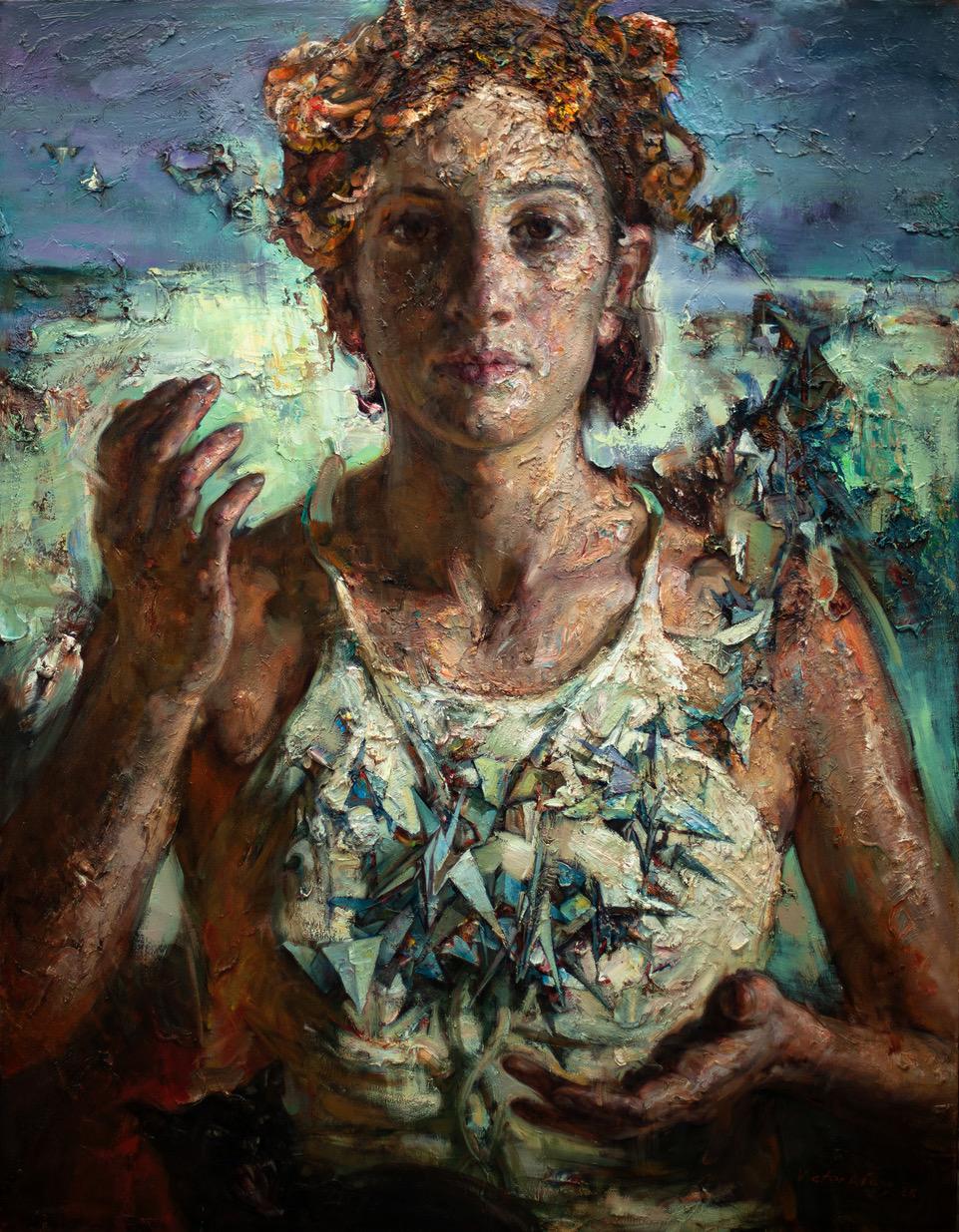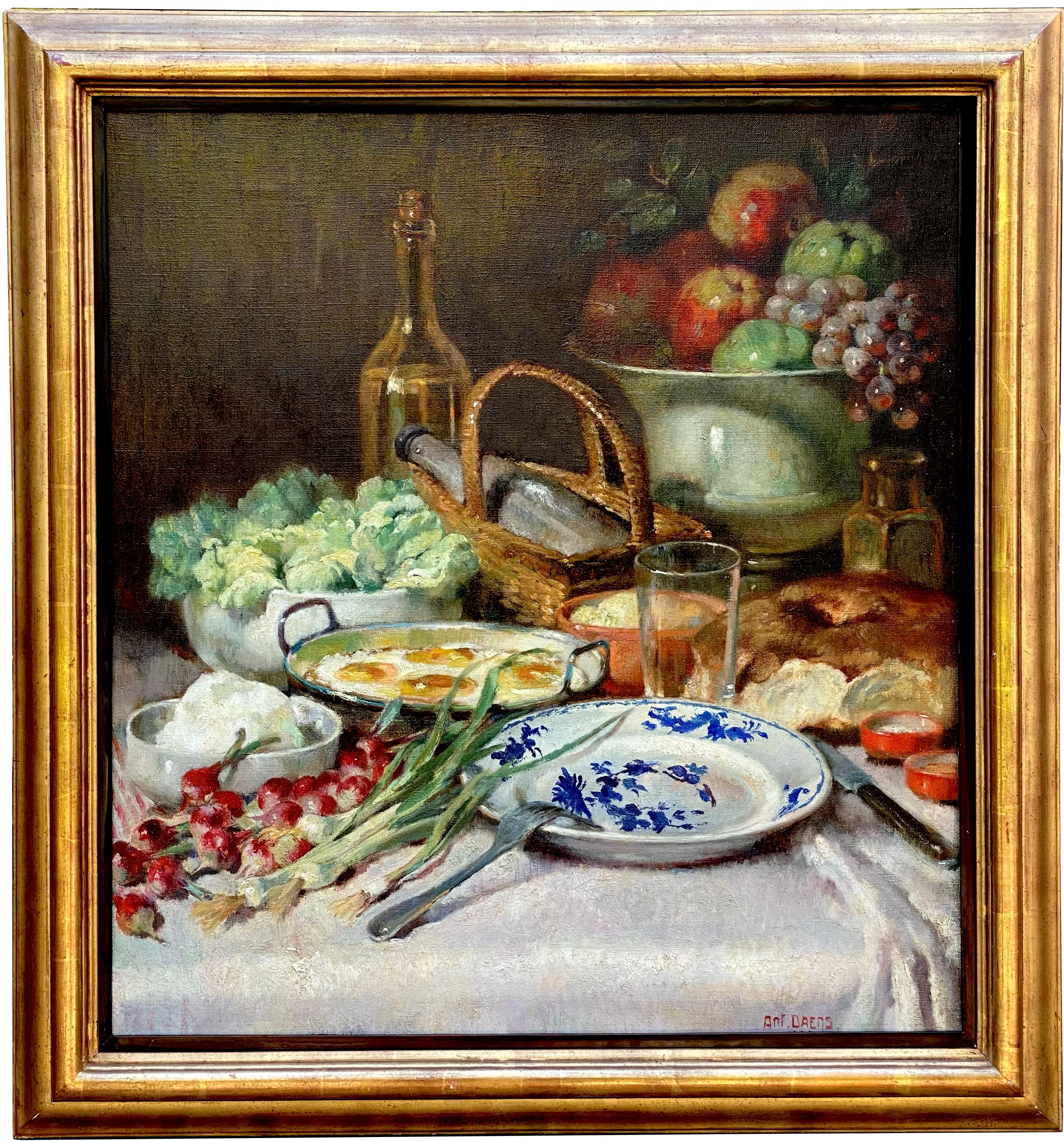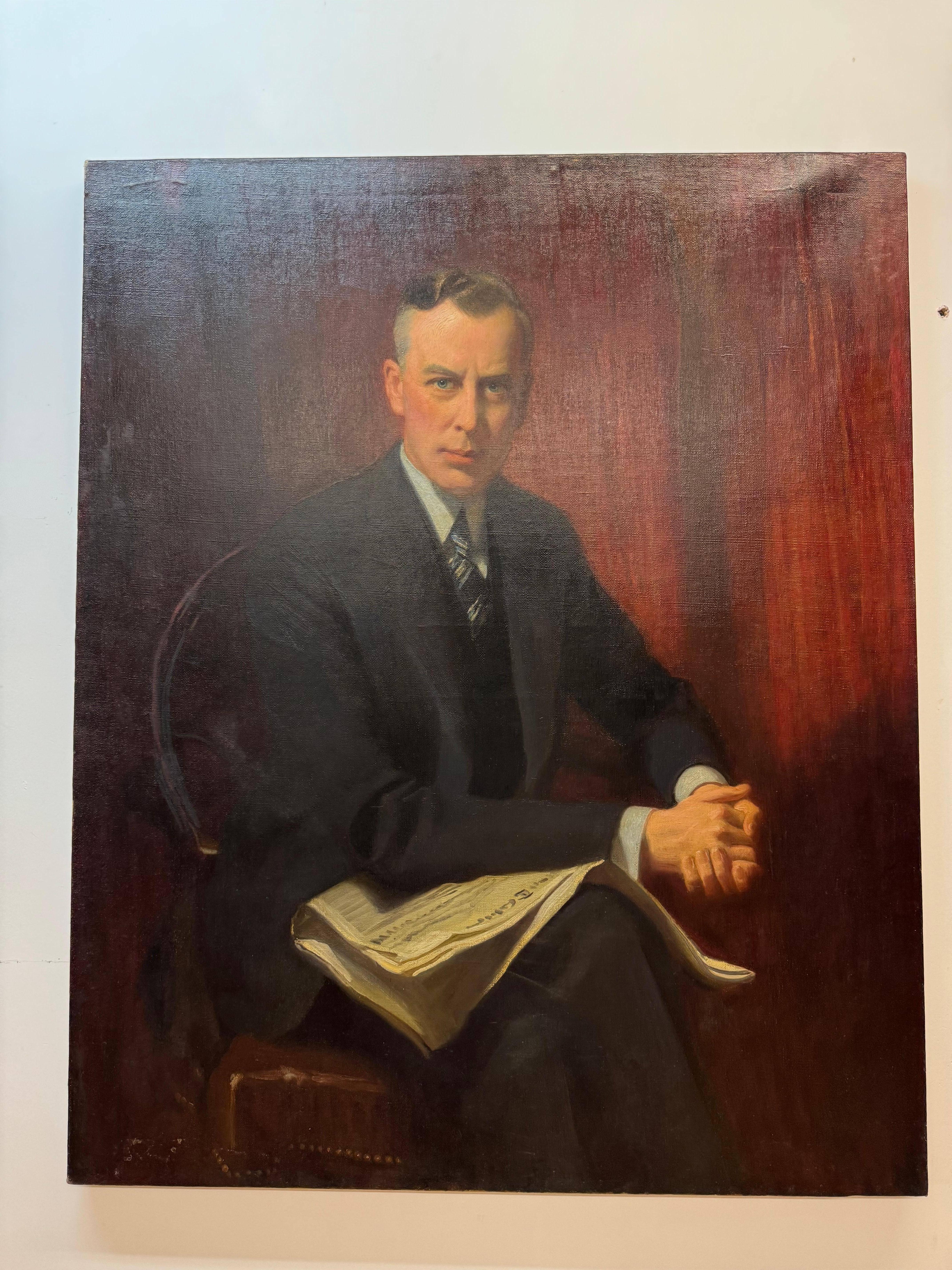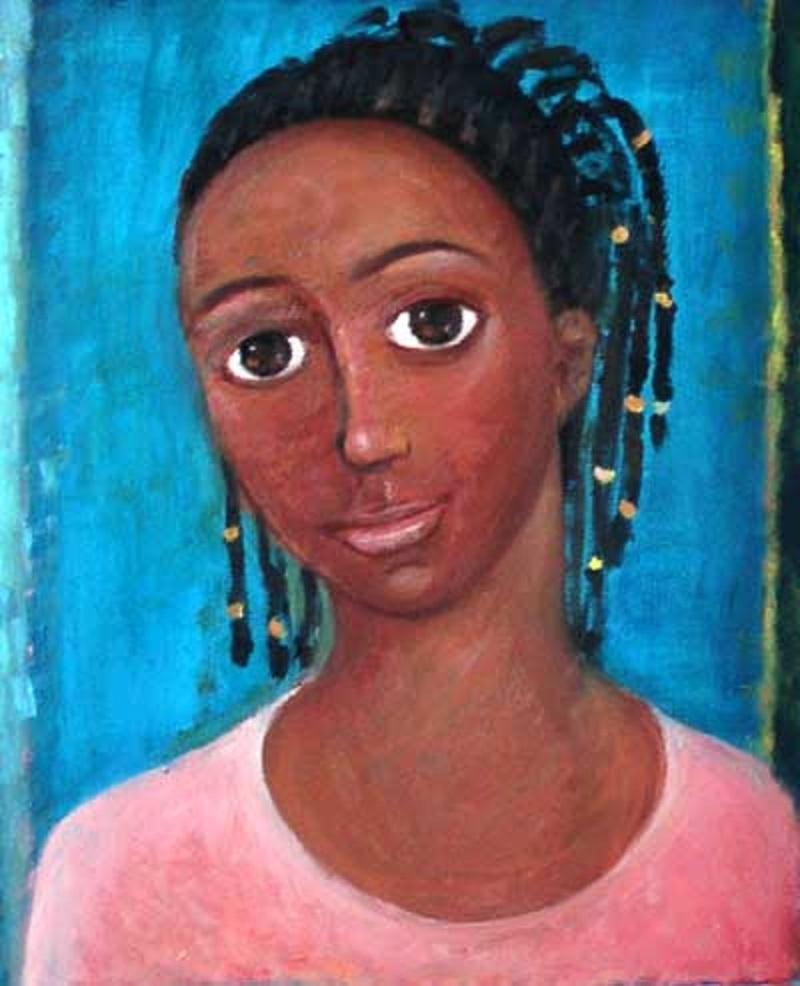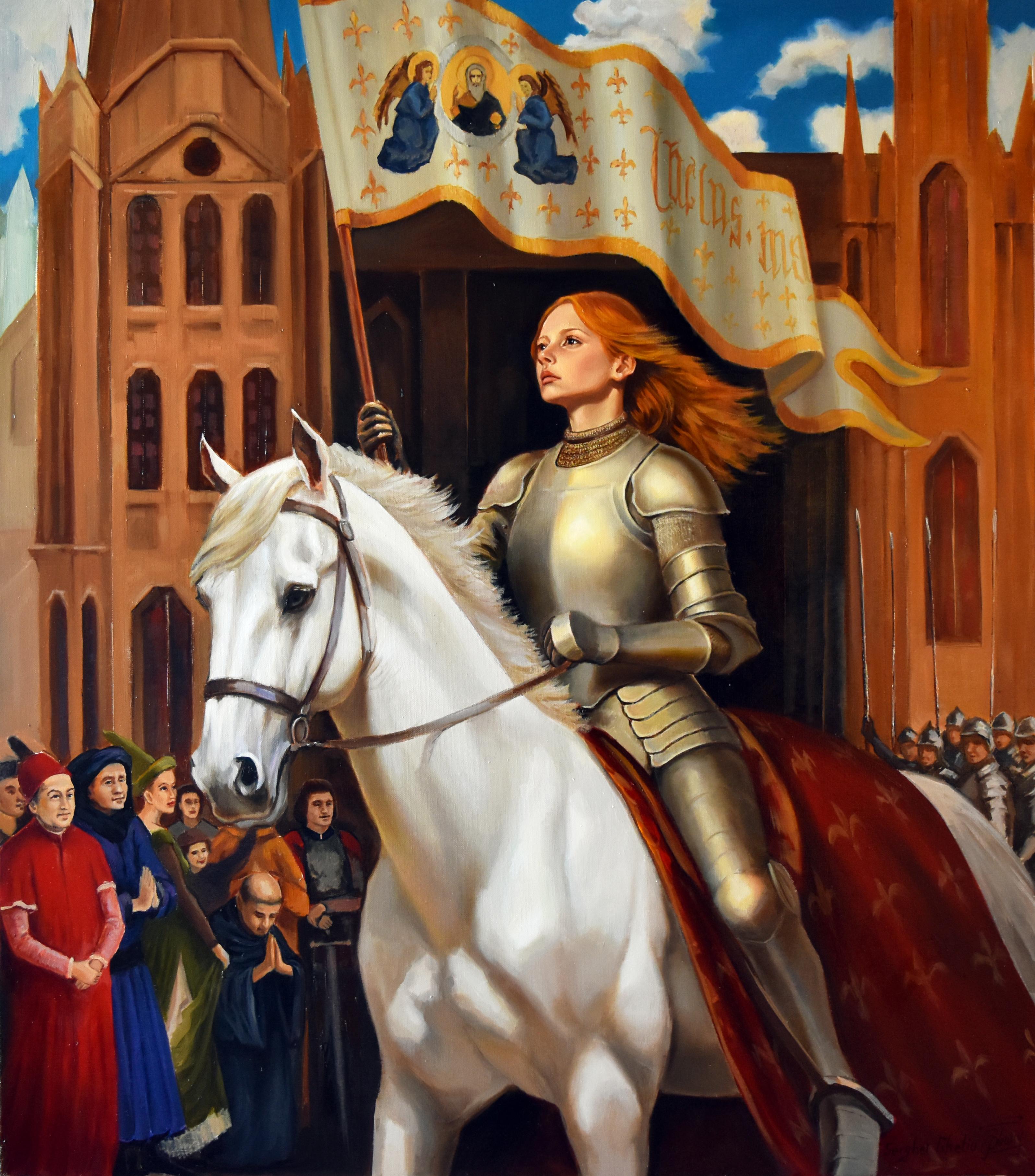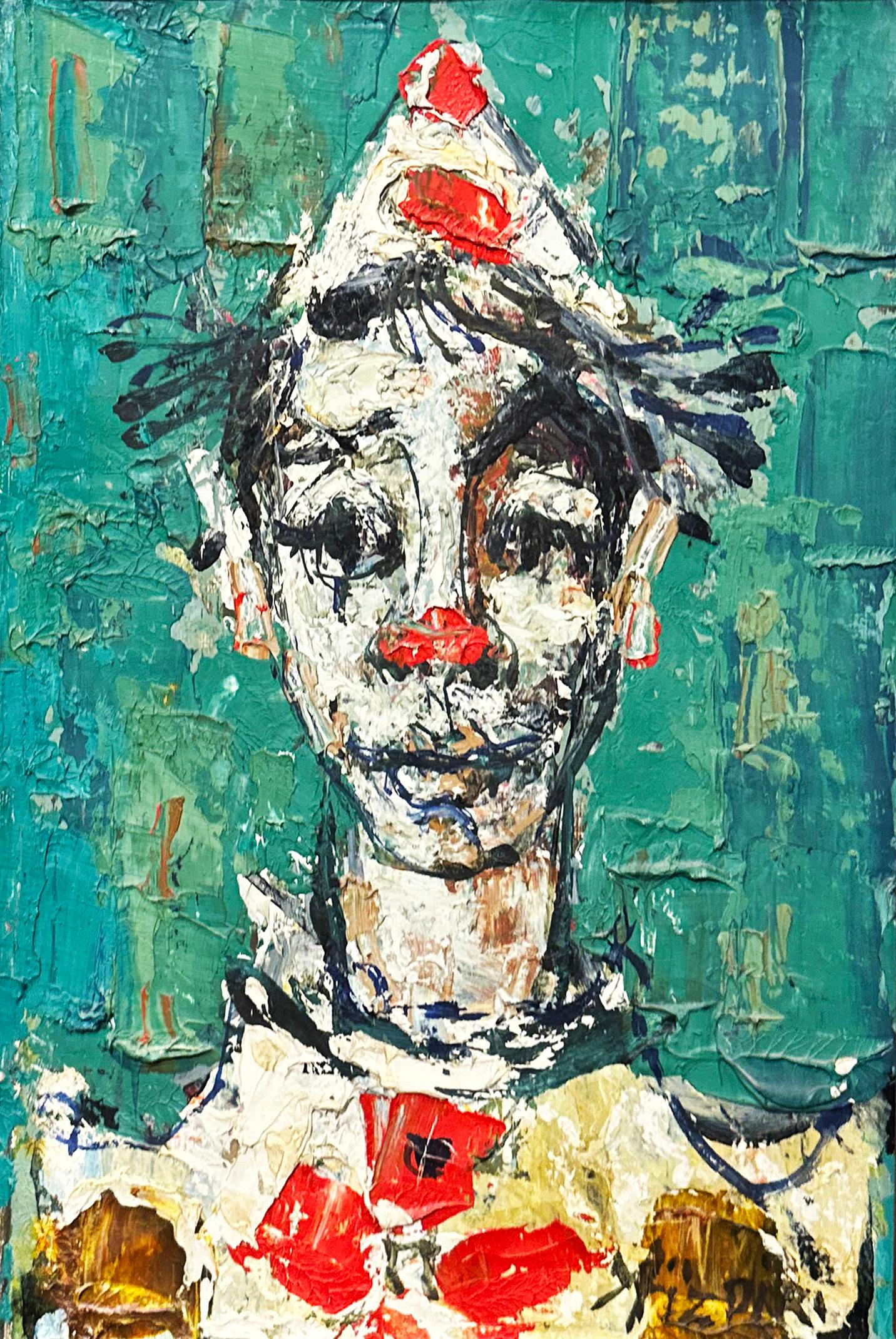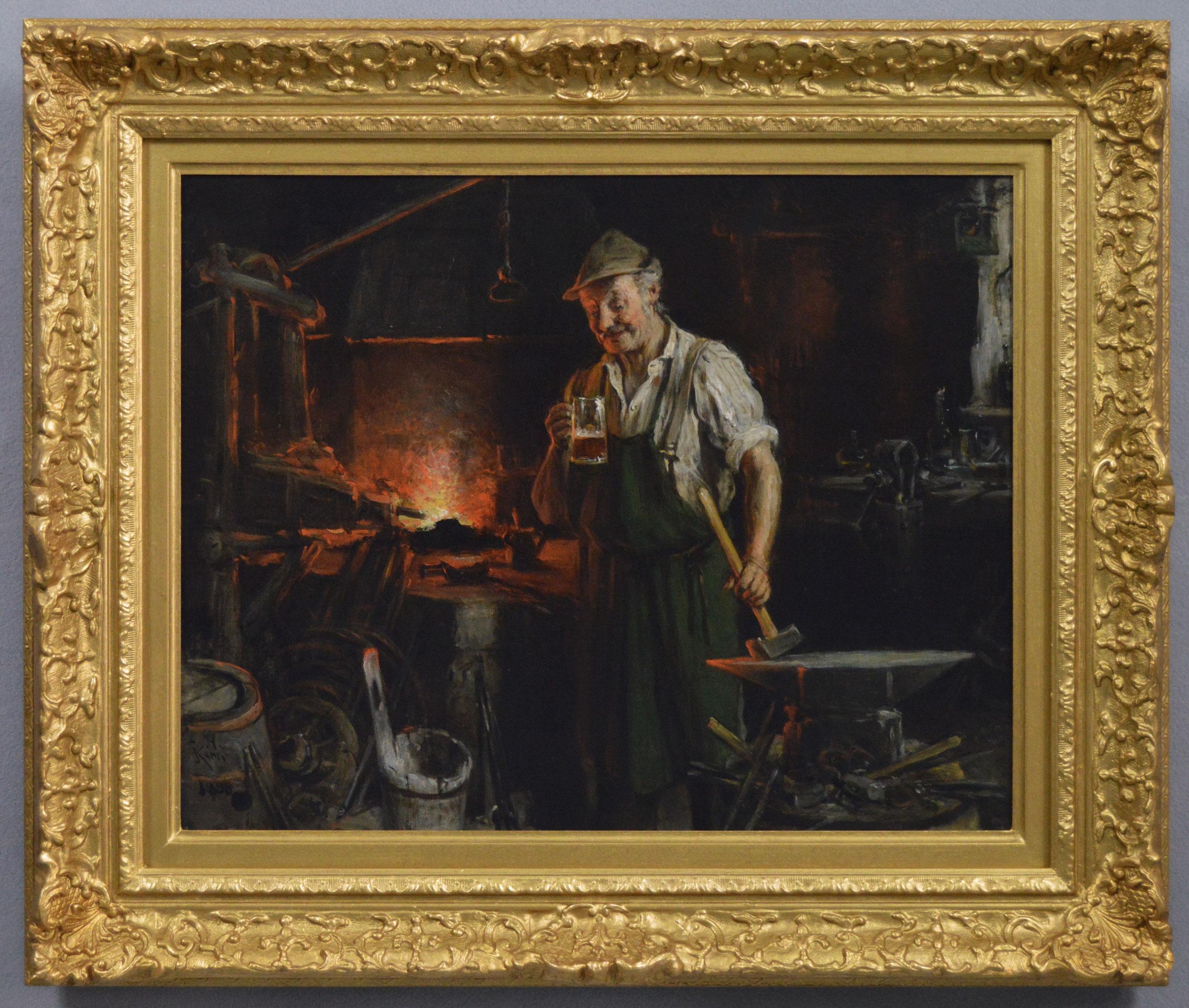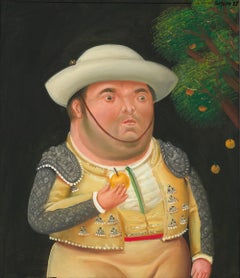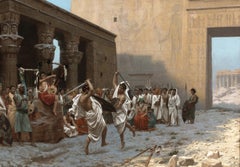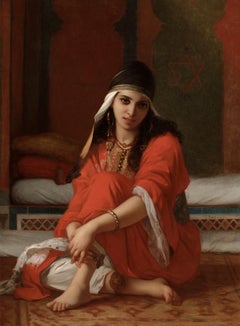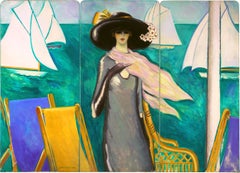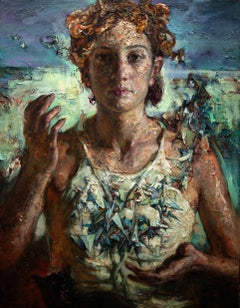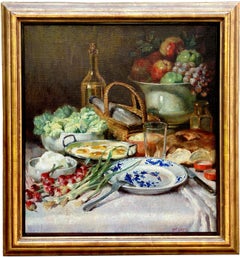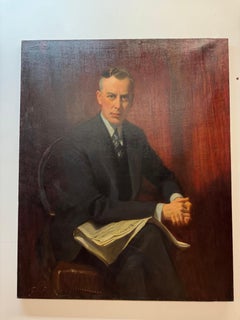
Bird's Eye View by Gil Elvgren
View Similar Items
Want more images or videos?
Request additional images or videos from the seller
1 of 8
Gil ElvgrenBird's Eye View by Gil ElvgrenCirca 1942
Circa 1942
$56,500List Price
About the Item
- Creator:Gil Elvgren (1914 - 1980, American)
- Creation Year:Circa 1942
- Dimensions:Height: 29.19 in (74.15 cm)Width: 23.07 in (58.6 cm)
- Medium:
- Period:
- Condition:
- Gallery Location:New Orleans, LA
- Reference Number:Seller: 30-78041stDibs: LU1862965113
About the Seller
5.0
Vetted Professional Seller
Every seller passes strict standards for authenticity and reliability
Established in 1912
1stDibs seller since 2013
17 sales on 1stDibs
Typical response time: 10 hours
Authenticity Guarantee
In the unlikely event there’s an issue with an item’s authenticity, contact us within 1 year for a full refund. DetailsMoney-Back Guarantee
If your item is not as described, is damaged in transit, or does not arrive, contact us within 7 days for a full refund. Details24-Hour Cancellation
You have a 24-hour grace period in which to reconsider your purchase, with no questions asked.Vetted Professional Sellers
Our world-class sellers must adhere to strict standards for service and quality, maintaining the integrity of our listings.Price-Match Guarantee
If you find that a seller listed the same item for a lower price elsewhere, we’ll match it.Trusted Global Delivery
Our best-in-class carrier network provides specialized shipping options worldwide, including custom delivery.More From This Seller
View AllJuan Rodriguez Conejo by Fernando Botero
By Fernando Botero
Located in New Orleans, LA
Fernando Botero
1932-2023 Colombian
Juan Rodriguez Conejo
Signed "Botero 88" (upper right)
Oil on canvas
Exemplifying Fernando Botero's distinctive visual language and mastery of...
Category
20th Century Modern Figurative Paintings
Materials
Canvas, Oil
La Danse pyrrhique (Pyrrhic Dance)
By Jean-Léon Gérôme
Located in New Orleans, LA
This painting by Jean-Léon Gérôme entitled La Danse pyrrhique is among the most fascinating compositions ever composed by the Academic master’s hand. Gérôme’s iconic scenes of the East captivated a generation, and this work showcases all of the artist’s unparalleled talents. Set in the Ptolemaic period of Ancient Egypt, its depiction of the ritual Pyrrhic dance is vivid and striking. Beautifully painted and rich with detail, it represents the best of Gérôme’s famed Orientalist scenes.
In La Danse pyrrhique, Gérôme gives us a dramatic rendering of this ancient war dance. Greek in origin, it was performed by costumed dancers armed with swords who completed a series of movements set to music pantomiming combat. Homer wrote that Achilles performed this dance in a show of respect and grief at the funeral of his friend, Patroclus. When Julius Caesar introduced it to the Roman Games, its popularity spread across the Roman Empire to include Egypt, where Gérôme’s composition is set.
Gérôme visited Egypt for the first time in 1856, and he returned throughout the late 19th century when this work was created. Gérôme’s first-hand familiarity with this setting is evident in this piece, and his visual narrative is unlike any other. His paintings combine the rationalist style of historical paintings and the theatrical...
Category
19th Century Academic Figurative Paintings
Materials
Canvas, Oil
Price Upon Request
Young girl from Tetouan, Morocco
By Charles Zacharie Landelle
Located in New Orleans, LA
Young girl from Tetouan, Morocco
Signed (center right)
Oil on canvas
In this important oil on canvas, French Orientalist painter Charles Landelle captures the engaging visage of a young Moroccan woman in a moment of tranquil contemplation. Seated on the floor of what is almost certainly an opulent riad, the young woman wears an intricately embroidered Moroccan kaftan and headdress. The sumptuous patterns on the floor and in the background lend an additional warmth to the strikingly vivid red hues which dominate the composition and are a hallmark of Landelle’s work.
The symbols behind the young woman may represent either the Jewish Star of David or the Islamic Seal...
Category
Late 19th Century Academic Figurative Paintings
Materials
Canvas, Oil
La Terrasse Devant La Mer By Jean Pierre Cassigneul
Located in New Orleans, LA
Jean-Pierre Cassigneul
b.1935 French
La terrasse devant la mer
(The Terrace by the Sea)
Signed “Cassigneul” (lower left)
Oil on canvas laid on panel
This monumental, three-panele...
Category
20th Century Post-Impressionist Figurative Paintings
Materials
Canvas, Oil, Panel
Cardinal with Elegant Company by Angelo Zoffoli
Located in New Orleans, LA
Angelo Zoffoli
1860-1910 Italian
Cardinal with Elegant Company
Signed "A. Zoffoli Roma" (lower right)
Oil on canvas
A sumptuously dressed cardinal enjoys the company of a fabulou...
Category
19th Century Academic Figurative Paintings
Materials
Canvas, Oil
Cardinals Playing Cards by Victor Marais-Milton
By Victor Marais-Milton
Located in New Orleans, LA
Victor Marais-Milton
1872-1948 French
Cardinals Playing Cards
Signed "V. Marais-Milton" (lower right)
Oil on canvas
Two red-robed cardinals engage in a friendly game of cards in ...
Category
Early 19th Century Academic Figurative Paintings
Materials
Canvas, Oil
You May Also Like
Oil Painting on Canvas, Dramatic Lighting, Textured, "Black Cat" by Victor Wang
By Victor Wang
Located in St. Louis, MO
Oil Painting on Canvas, Dramatic Lighting, Textured, "Black Cat" by Victor Wang
“My path through life has been adventurous, exciting, and dream-like. My experience of settling into ...
Category
2010s Contemporary Figurative Paintings
Materials
Canvas, Oil
'Mediterranean Breakfast' by Antoine Daens (1871 – Brussels – 1946)
By Antoine Daens
Located in Knokke, BE
Antoine Daens
1871 – Brussels – 1946
Belgian Painter
'Mediterranean Breakfast'
Signature: signed lower right 'Ant. Daens.'
Medium: oil on canvas
Dimensions: image size 65,5 x 60,5 ...
Category
Early 20th Century Post-Impressionist Still-life Paintings
Materials
Canvas, Oil
Port Lligat Cadaques Spain oil on canvas painting spanish seascape
Located in Barcelona, Barcelona
Francisco Carbonell Massabe (1928) - Port Lligat Cadaques - Oil on canvas
Oil measures 65x81 cm.
Frameless.
Category
1990s Other Art Style Landscape Paintings
Materials
Canvas, Oil
Male portrait painting, 1934
By Frank Owen Salisbury
Located in San Francisco, CA
Frank Owen Salisbury (1874-1962)
Male portrait painting, 1934
Oil on canvas
39 x 48
Category
1930s Figurative Paintings
Materials
Oil, Canvas
Girl with braids - XXI century, Oil figurative painting, Portrait, Bright colors
By Marlena Nizio
Located in Warsaw, PL
MARLENA NIZIO Studied painting under prof. Jerzy Nowosielski at the Academy of Fine Arts in Cracow. She received her diploma in 1986. She was a holder of scholarship of the Ministry ...
Category
2010s Other Art Style Figurative Paintings
Materials
Canvas, Oil
"Sex Under Socialism" Painting 24 x 36 in by Tetiana Kalivoshko
By Tetiana Kalivoshko
Located in Culver City, CA
"Sex Under Socialism" Painting 24 x 36 in by Tetiana Kalivoshko
Tetiana Kalivoshko is an American-based Ukrainian artist who specializes in painting, sculpture, and art installatio...
Category
21st Century and Contemporary Contemporary Abstract Paintings
Materials
Canvas, Oil, Acrylic
Recently Viewed
View AllMore Ways To Browse
Brown And Bigelow
Calendar Girl Vintage
Pin Up Girl Vintage Illustration
Bigelow Illustrations
Pin Up Calendar
Santa Pin Vintage
Vintage Pin Up Calendars
Vintage Pin Up Gil Elvgren
Gil Elvgren Vintage Pin Up Girl
Orientalist Harem Painting
Paolo Uccello
Pre 1920 Oil Paintings
Rites Of Spring
Tarzan X
1972 Vintage Wine
Barrister Painting
Daniela Astone
David Marsh
